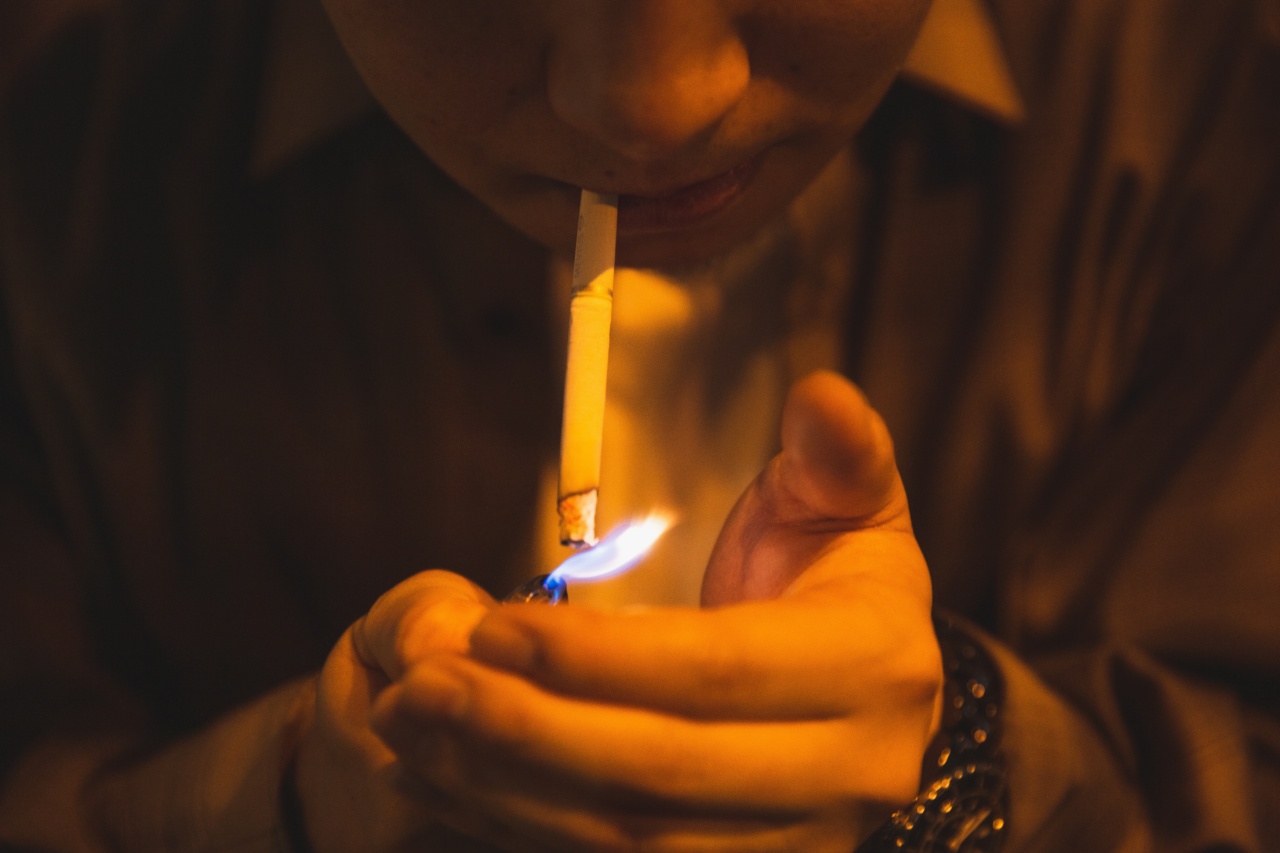Smoking is one of the most harmful habits that a person can develop, with the potential to lead to a wide range of health problems and diseases.
For teenagers, smoking poses a significant risk to their physical and mental health, as well as increasing their risk of addiction and long-term health conditions.
The Three Types of Risk for Teenage Smokers
Teenagers who smoke are considered “triple risk” smokers, for the three types of risk they face:.
Physical Risk
The first type of risk for teenage smokers is physical harm. Smoking can cause a wide range of health problems, including lung cancer, chronic bronchitis, and emphysema. Smoking can also lead to heart disease, stroke, and other cardiovascular problems.
For teenagers, smoking can lead to stunted growth and development, as well as impairing lung function and increasing the risk of infections.
Psychological Risk
The second type of risk for teenage smokers is psychological harm. Smoking can have a negative impact on mental health, leading to increased stress, anxiety, and depression.
Teenagers who smoke are also more likely to develop substance abuse problems, including alcohol and drug addiction. Adolescent smokers are more likely to struggle in school and relationships, and may also experience low self-esteem and self-worth.
Social Risk
The third type of risk for teenage smokers is social harm. Smoking can lead to social isolation and stigma, as well as limiting social opportunities for teenagers.
Adolescent smokers are more likely to be rejected by their peers, and may struggle to build long-lasting friendships and relationships. Smoking can also lead to financial difficulties, as cigarettes are expensive and can put a strain on family budgets.
The Timeline for Teenage Smoking Risk
So, when do teenagers become triple risk smokers? The answer is complex and depends on a range of factors, including their upbringing, social environment, and individual personality traits.
However, there are some general age ranges where teenagers are more likely to experiment with smoking and become at risk for addiction and long-term smoking-related harm. The following is a general timeline for teenage smoking risk:.
12-14 Years Old
At this age, many teenagers begin to experiment with smoking, often influenced by peer pressure and curiosity. While most teenagers do not become regular smokers at this age, the risks of physical and psychological harm begin to increase significantly.
Teenagers who smoke at this age are more likely to experience negative effects on lung function and development, as well as a higher risk of addiction and substance abuse problems in later life.
15-17 Years Old
By this age, many teenagers who experimented with smoking at a younger age may have become regular smokers.
The risks of addiction and long-term harm increase significantly at this age, and teenagers who smoke are more likely to experience negative effects on their mental health and social connections. Adolescents who smoke at this age may struggle in school and relationships, and may also experience withdrawal symptoms and cravings if they try to quit.
18-21 Years Old
By the age of 18, many teenagers who smoke have become addicted to nicotine and are at risk of long-term physical harm.
The risks of lung cancer and other smoking-related diseases increase significantly at this age, and teenagers who smoke are more likely to experience mental health problems and addiction. By the age of 21, many young adults who smoke have been smoking for years and may find it difficult to quit due to the physical and psychological dependence on nicotine.
Prevention and Support for Teenage Smokers
Preventing teenagers from becoming triple risk smokers requires a multi-faceted approach, including education, parental support, and community initiatives.
Educating young people about the risks and consequences of smoking can be an effective way to discourage experimentation and promote healthy behaviors. Parents can also play a key role in supporting their children and providing a positive role model for healthy living.
Community initiatives such as anti-smoking campaigns, quit-smoking programs, and smoking bans in public places can also help to reduce smoking prevalence and promote healthy behaviors among teenagers.
Conclusion
Teenagers who become triple risk smokers face a range of physical, psychological, and social risks, including addiction, poor mental health, and social stigma.
Understanding the timeline of teenage smoking risk can help to prevent young people from becoming addicted to nicotine and reduce the prevalence of smoking-related harm. By promoting healthy behavior, providing support and education, and creating smoke-free environments, we can help teenagers to avoid the negative consequences of smoking and live healthy, fulfilling lives.






























